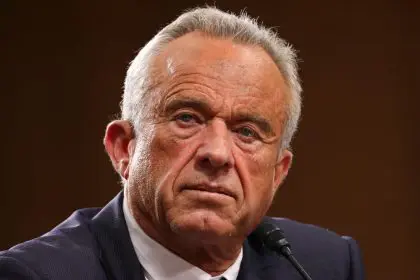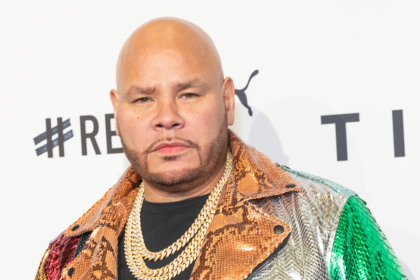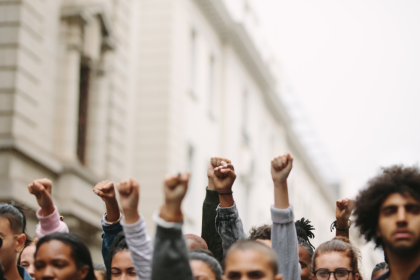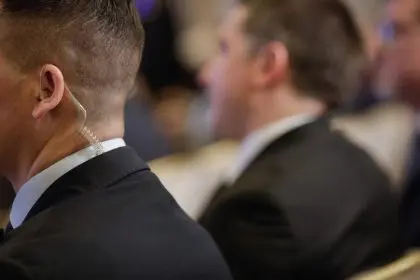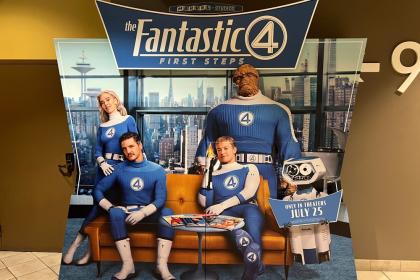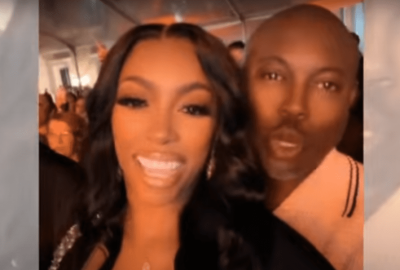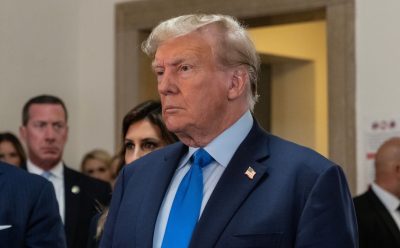On a day filled with distractions, Antioch High School in Nashville, became the latest site of a heartbreaking school shooting. The incident has left a community in mourning and raised significant questions about the motivations behind such acts of violence. This article delves into the details surrounding the shooting, the identity of the alleged shooter, and the disturbing revelations that have emerged in its aftermath.
The incident
On the day of the shooting, 16-year-old Josselin Corea Escalante lost her life, and another student suffered a grazing gunshot wound. The Metro Nashville Police Department has identified the shooter as 17-year-old Solomon Henderson. Investigators have uncovered alarming materials linked to Henderson — including a layout of the school, images of firearms and a lock-picking kit — all posted on an unnamed social media account. Disturbingly, Henderson had expressed intentions to livestream the shooting from the cafeteria.
Unpacking the shooter’s background
In a shocking twist, the profile of the shooter does not conform to the typical expectations surrounding such incidents. Henderson, who is Black, reportedly expressed shame about his race in social media posts. This revelation challenges the narrative often associated with school shootings and highlights the complex issues surrounding identity and mental health.
Disturbing ideologies
Henderson’s social media activity also included antisemitic remarks and connections to extremist groups, including a flyer from the neo-Nazi organization Goyim Defense League. His writings reveal a deep-seated misery and a desire for violence, which he articulated in a chilling manifesto. In it, he cited conservative commentator Candace Owens as an influence, claiming her views pushed him further into violent ideologies.
“I was so miserable. I wanted to kill myself. I just couldn’t take anymore. I am a worthless subhuman, a living breathing disgrace. All my (in real life) friends outgrew me act like they didn’t f—ing know me. Being me was so f—ing humiliating. That’s why I spend all day dissociating.”
Responses and reactions
In the wake of the shooting, Owens took to Twitter to deny any responsibility for Henderson’s actions, claiming that the manifesto was plagiarized and asserting that she would address the issue further. However, the mere act of plagiarism does not negate the feelings and beliefs expressed by Henderson. The community is left grappling with the implications of these ideologies and the tragic loss of life.
Community impact
The Antioch community is in mourning. This tragedy serves as a stark reminder of the urgent need for conversations surrounding mental health, identity and the influence of extremist ideologies on young individuals.
Moving Forward
As investigations continue, communities must engage in open dialogues about the factors contributing to such violent acts. Schools must prioritize mental health resources and create environments where students feel safe and supported. Furthermore, addressing the spread of extremist ideologies online is essential in preventing future tragedies.
The Antioch High School shooting is a tragic event that has left a lasting impact on the community. It highlights the complexities of identity, mental health and the influence of harmful ideologies. As we reflect on this incident, let us strive for a future where such violence is no longer a reality for our schools.


